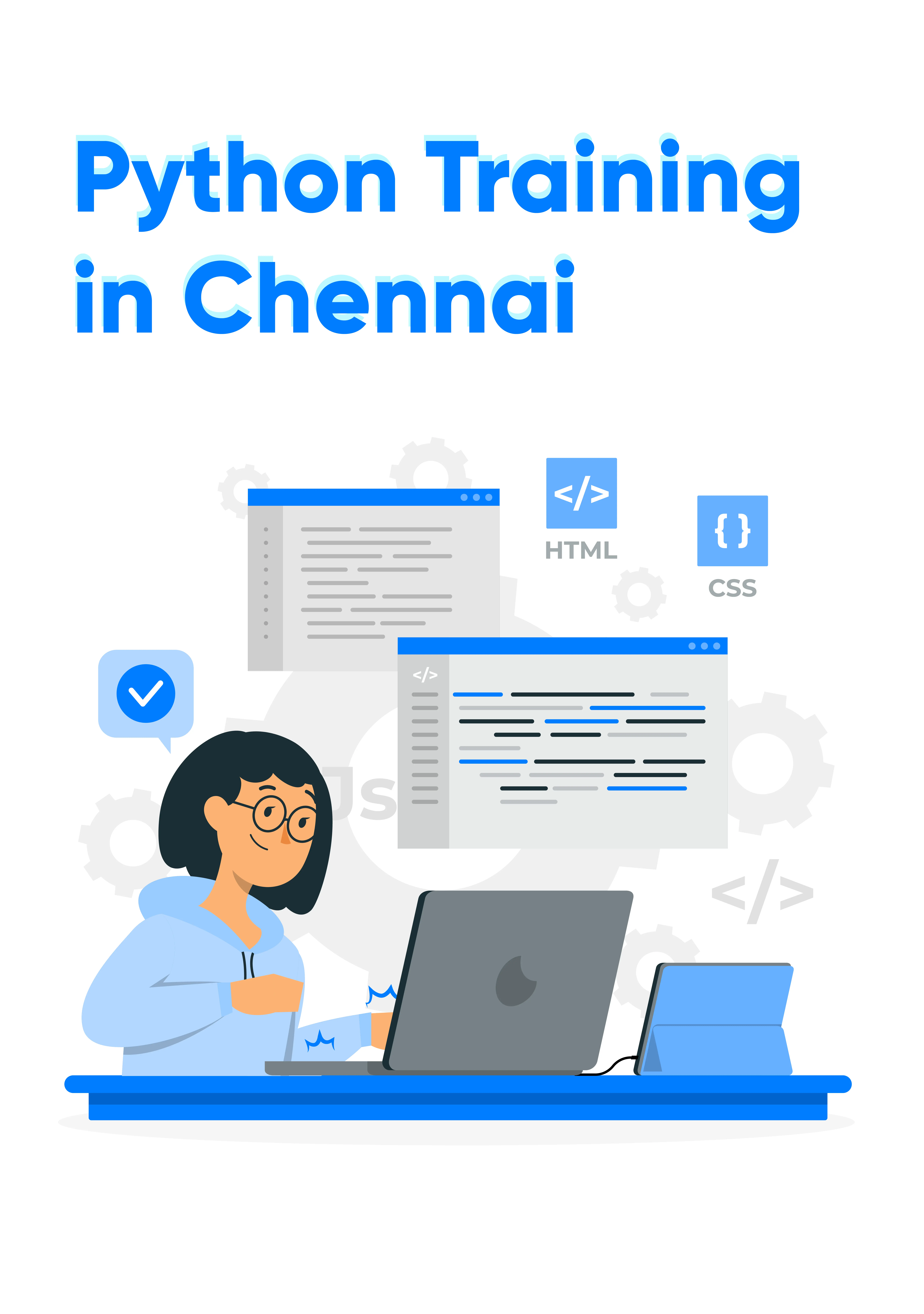How do I scientifically decide how many software engineers do I want to unravel an issue? How then do I choose individuals to form a team to unravel the issue? I seek to seek out a scientific measurement methodology and scientific foundation to address these questions. Subsequently, I'll primarily communicate on the problem of estimating particular person productiveness of a software program engineer and briefly mention its potential to reorganise your entire labour force in this business.
REPL - Read-Eval-Print Loop). Here, the underscores are used as a convention to indicate that the unpacked values aren't attention-grabbing, and solely the middle value (`y`) is saved. In the context of a loop, use a single underscore as a traditional method to point deliberately unused variables when you aren't using the loop variable. Generally, folks use it as a name for a variable when they're just using the variable as a placeholder, and they will not use its worth. Welcome to this go-to beginner’s information to understanding Python variables! Whether you’re new to programming or just beginning with Python, this guide will take you through the fundamentals of variables in Python. I’ve simplified the whole lot to make it accessible and easy to understand, even when you have restricted or no prior knowledge of programming. Let’s dive into Python variables collectively! Some people (including Guido van Rossum himself) have known as this parameter-passing scheme "name by object reference". In Python, non-innermost-local and never-declared-world accessible names are all aliases. Among dynamically-typed languages, Python is moderately kind-checked. Implicit conversion is outlined for numeric types (as well as booleans), so one could validly multiply a complex number by an integer (as an example) with out specific casting. Nonetheless, there isn't any implicit conversion between, for example, numbers and strings; a string is an invalid argument to a mathematical function anticipating a quantity. Python has a broad range of basic information sorts.
No matter your experience stage, I hope that this journey via Python's special methods has been truly magical. I couldn't resist the ultimate pun! Some of the magic strategies in Python training institutes instantly map to built-in capabilities; in this case, the best way to invoke them is fairly obvious. Nonetheless, in different circumstances, the invocation is way much less apparent. This appendix is dedicated to exposing non-obvious syntax that leads to magic methods getting called. With Python, we do not have to worry about the compilation step as it is executed in actual-time. The tradeoff is that interpreted languages are normally slower than compiled ones. Semantically Dynamic: you don't need to specify types for variables and there's nothing that makes you do it. Object-Oriented: all the things in Python is an object. But you'll be able to choose to put in writing code in an object-oriented, procedural, and even functional method. You open a binary file for writing. To serialize operators, you name pickle.dump() and pass the construction that you’re serializing and the handle of the vacation spot file. This creates the file operators.pkl in your native working listing. Firstly, you import pickle again and reopen the binary file for reading. To learn the operator construction, you utilize pickle.load() and pass in the file handle.
You need to ensure the order of the besides clauses has courses that transfer from most specific subclasses to most generic superclasses. In this article, we went into the small print of dealing with exceptions. There's a variety of core ideas that the book covers in detail including elevating, defining, and manipulating exceptions. Exceptions are a powerful method to speak unusual circumstances or error situations without requiring a calling function to explicitly verify return values. There are a lot of constructed-in exceptions and raising them is trivially simple. There are a number of different syntaxes for dealing with totally different exception occasions. The word "pointer" might sound scary, however a whole lot of that scariness comes from associated concepts (e.g. dereferencing) which aren't relevant in Python. In Python a pointer simply represents the connection between a variable and an objects. Imagine variables living in variable land and objects dwelling in object land. A pointer is slightly arrow that connects each variable to the object it points to.
